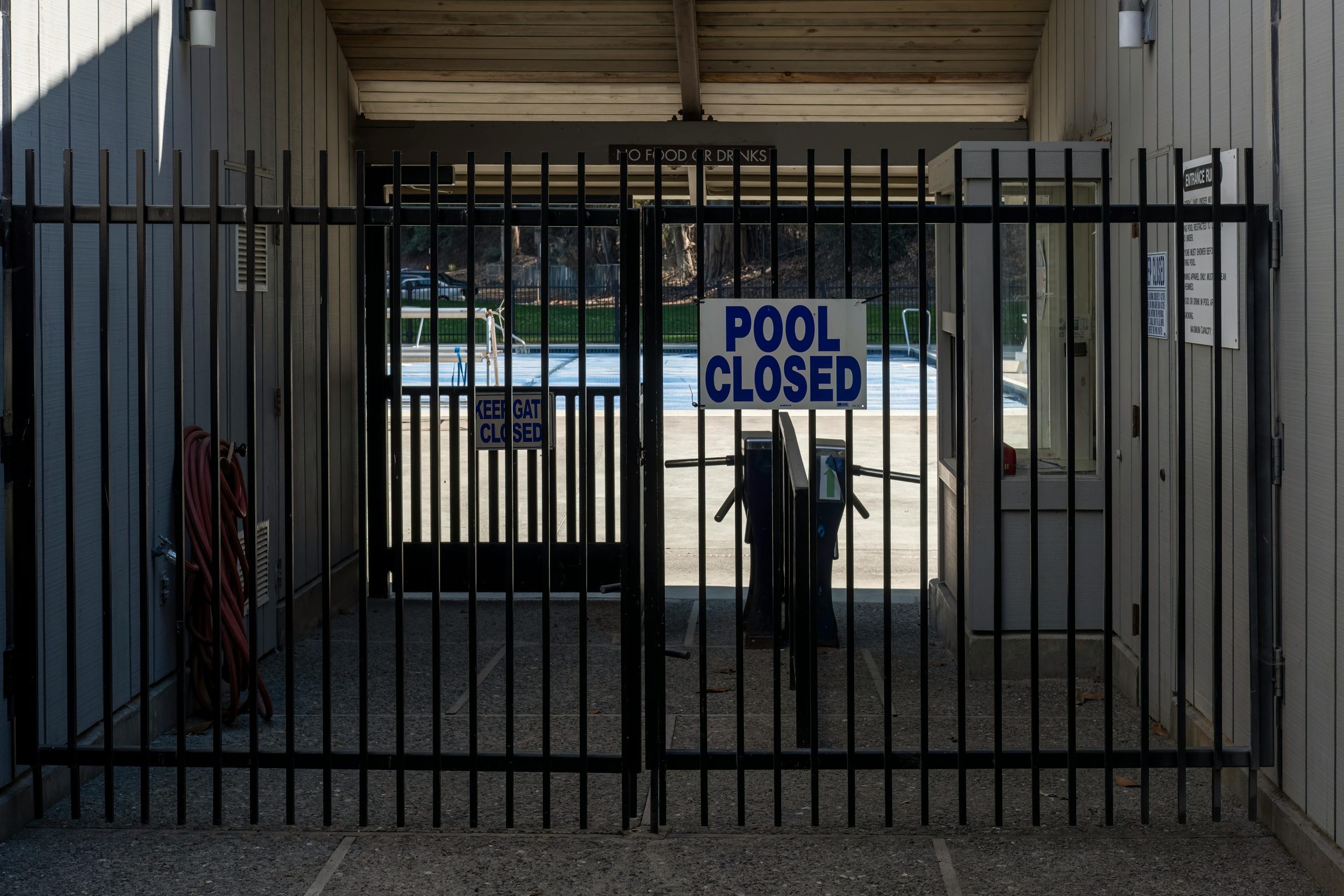Recent Trends in Public Space Security: Evolving Practices in Cinema and Retail Environments
In recent visits to local establishments, I observed notable changes in security protocols that highlight shifting societal dynamics. A trip to Cineworld in Enfield revealed that entry to the cinema was not entirely accessible via open doors; instead, security personnel were required to manually unlock the entrance for patrons. This procedure prompted initial curiosity but soon aligned with other observations in the vicinity.
Later, at Morrisons supermarket across the road, I encountered a similar situation: a security guard had to unlock the front door to permit entry. During these times, I noticed a sizable congregation of approximately fifty teenagers loitering in the parking lot. While their behavior appeared benign, their numbers were striking and indicative of broader social patterns.
The interaction with the supermarket’s entry process revealed a situation where, once inside, a group of youths attempted to re-enter the cinema premises, leading to a tense exchange involving staff and security. During this incident, some individuals threw objects, such as drinks, through the partially opened door, causing spills and creating a disruptive environment. Customers, frustrated by the blocked exits and entrances, grew increasingly irate, with some gathering into a crowd that eventually dispersed the youths.
Reflecting on these events, I was reminded of my previous experience working at the same cinema a decade ago, where such challenges were absent. The current scenario suggests a concerning trend towards heightened security measures and a more contentious atmosphere in public spaces. These developments may be symptomatic of broader societal shifts, including increasing distrust and perceived safety issues.
This experience underscores an important question: How have public safety protocols and social interactions evolved in recent years? The move towards locking entry points and heightened security reflects an adaptation to contemporary challenges but also prompts reflection on community cohesion and societal trust.
As we navigate these changes, it is crucial for community stakeholders—business owners, security professionals, and local authorities—to consider strategies that balance safety with accessibility. Ensuring welcoming yet secure environments remains essential for vibrant, resilient urban spaces in our evolving society.


Insight on the Impact of Enhanced Security Measures in Our Neighborhoods
Reading this discussion highlights a trend I’ve also noticed as a London resident, particularly in terms of the balance between safety and community openness. Locking entrances at cinemas and supermarkets may seem like a quick fix to immediate security concerns, but it also raises questions about the social fabric of our public spaces.
Here are some points to consider:
Ultimately, fostering a sense of trust and shared responsibility within our communities is key. Enhanced security should not come at the expense of accessibility and community spirit. Striking the right balance requires innovative, community-led approaches that reinforce safety while maintaining vibrant, inclusive public spaces.